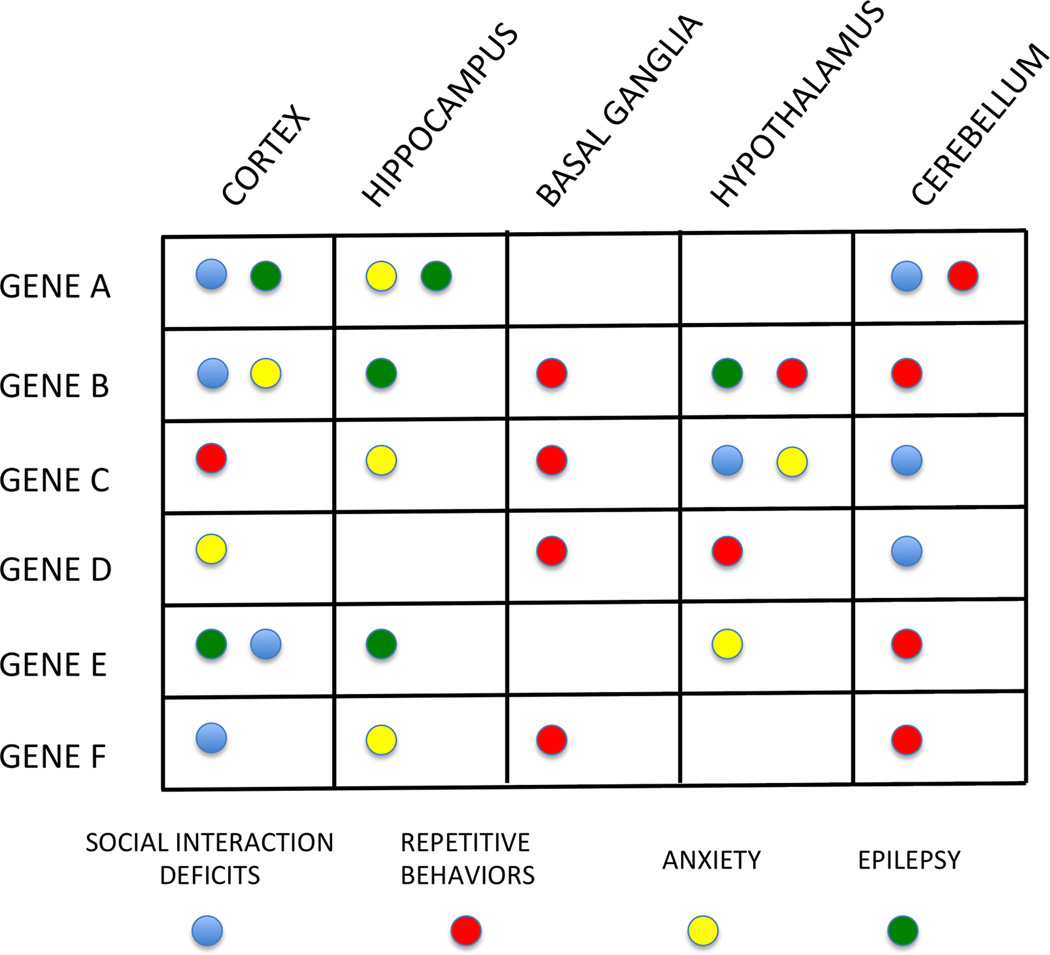Figure 2. Hypothetical matrix of genetic mutations and brain regions mapping onto behavioral profiles.
The approach to focus on mechanistic descriptions of symptom clusters rather than symptom inventories requires an understanding of the neural circuit(s) underlying these behavioral symptoms. One way to examine the neural circuits in animal models is to probe the relationship between a gene’s function in a certain brain region and the behavioral deficits in the animal. Use of conditional knockout mice has started to provide such information in certain genetic diseases such as TSC and RTT (93, 118). This matrix represents a hypothetical framework, which needs to be populated by future experimentation. One concrete example of this approach is currently in effect in epilepsy. Absence seizures are thought to arise from voltage-gated calcium channel dysfunction in the thalamus and respond best to ethosuximide treatment. In contrast, complex partial seizures occur due to increased excitation or decreased inhibition and thus respond to glutamate antagonists or GABAergic agonists. Such delineation of genetic, cellular and circuit defects may prove helpful in treating behavioral deficits associated with ASD with better precision as well.

